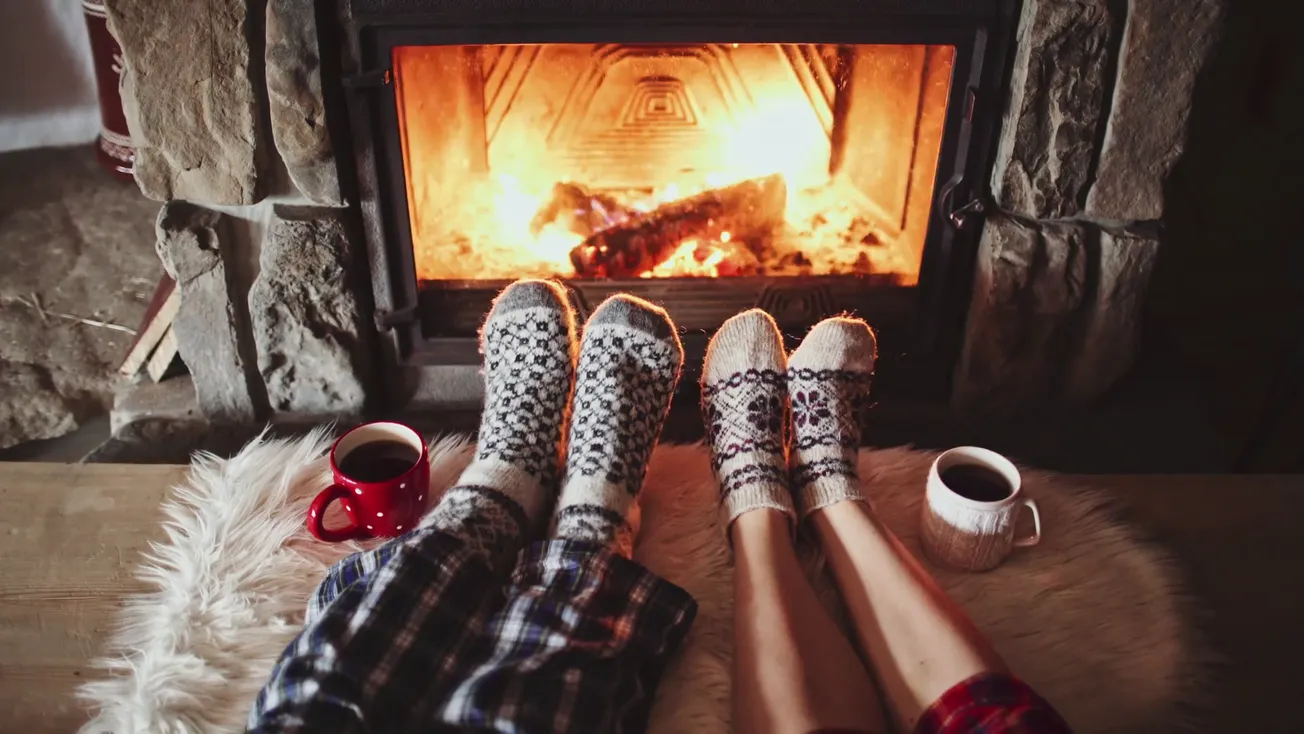Under the austere leadership of the Church of Scotland, and a purely literal reading of the Bible, Christmas was ‘banned’ and remained so for hundreds of years in the presbyteries of the Northern British Isles, only officially rejoining the collective sanctioned celebrations in the mid-Twentieth Century. Blaming the once-supreme Catholic Church for the invention of the ‘Christmas’ myth along with a host of other fictionally-based feasts, the ‘bann’ stated:
Papists have invented, as the Feasts (as they terme them) of the Apostles, Martyrs, Virgines, of Christmasse, Circumcision, Epiphanie, Purification, and other fond Feasts of our Ladie: Which things, because in God’s Scriptures they neither have commandement nor assurance, we judge them utterly to be abolished from this realme.
The kill-joys didn’t have it all their own way, a tradition doesn’t die out overnight just because a bunch of zealots deem it dead, so the day was still quietly celebrated in many homes but gradually the focus moved back to the very much older Scottish tradition, older in fact than Scotland herself – the following week’s New-Year’s Eve celebrations known as Hogmanay.
More than a millennia-old, possibly two, Hogmanay’s very deep historical roots have spawned numerous weird superstitions and myths which evolved into several unique forms among a variety of distinct localised flavours, but one staple of all the beliefs is the respect for fire; the keeping of and care for, and the consequences of the opposite.
“Lang may yer lum reek!” ‘Long may your chimney smoke’, an adaption of an earlier saying, it means: ‘May you always have fuel for your fire’ is a blessing of goodwill reserved for use during Hogmanay.
Another blessing is to carry a piece of coal when visiting friends or neighbours that night, to boost their fire. The meaning is purely metaphorical now, most Scottish homes are centrally heated, but the meaning remains the same; to offer fuel is a magnanimous gesture of generosity and kindness as tradition has it that the entire coming year’s forecast of fortune can be for-seen in Hogmanay fire. A healthy blaze – a good year, but should the fire go out on New Year’s Day – catastrophe awaits.
The industrial revolution changed Scotland forever, huge numbers poured into cities to accommodation which generally consisted of single-room apartments in three or four-level buildings collectively called ‘Industrial Housing’ by the English and ‘Homes’ by the Scots. Forty percent of city ‘Homes’ were one-roomed, a further thirty percent had the luxury of two but the majority of all living and sleeping was still conducted in the main room dubbed ‘the kitchen’, the other, known as ‘the room’, was hardly ever used. The English called this practice ‘disgusting’, the Scots called it ‘comfy’. Up to the 1930s, thirty percent of Scots still lived in single-roomed Homes and preferred it.
Where previously peat had provided essential heat that role was now performed by the miracle of coal; more powerful, more compact, longer-burning and more affordable in the long run, but the mother-of-all-things to light. When a coal-fire went out, as frequently happened, the most common way of re-starting the household fire was to take a coal in a bucket to your neighbour’s home, requesting entry therein to place your frigid orphan amongst the other homes happy flames until ignition of your own rock occurred (three to ten minutes, depending), then load the glowing lump back in yon bucket before proceeding at full pace back Home to get the good girl among your own cold coals to arouse their self-ignition in turn; pronto. Yes, it was very dangerous, yes: many fires were caused during this process. Yes: Health and Safety came a distant second to heating the not-so-many-roomed mansion, along with feeding the man and brood a warm meal.
Most dead-fires were discovered after slumber. The previous night our fire-keeper will have taken good care to dull the fire before sleep, urging ash around the coals to restrict oxygen-flow, but not too much, a process carefully performed to very high standards in order to prevent fire-cide overnight. Women were the unanimous and acknowledged experts, but also held responsible for the inevitable glitches.
It doesn’t test the imagination too much to tease out what this process may have looked like in reality; desperate women suffering shivering spouse’s abuse as they scurried hallways and staircases to their preferred ‘next-door’, or the door after that, an hour or two before dawn (so; about 4 or 5 am in Summer, 6 or 7 in Winter) calling out, knocking (they called it ‘rapping’), to rouse the neighbour’s to their unfortunate and icy personal circumstances.
It also doesn’t take much to imagine the scene of the visiting fire-lass, her eyes already accustomed to the darkness, taking in every detail of the host’s single-room living arrangements and domestic durables all awhile engaging in the better-sex’s other area of expertise awaiting the warm glow of her own precious transport; small-talk or gossip with her host, the giving or receiving of to be breathtakingly and hushedly repeated around Mid-day in the communal laundry or while laying the washing out on the ‘drying green’ nearest the building.
To refuse entry to a wanton in-ignitio was tapu, it was just not-on. It was a part of Industrial Housing etiquette; should you refuse entry then blame be solely upon yourself when your own fire deserted you and you found no door willing to respond to your chilly calamity. Like taking your rostered turn to wash down your floor’s stairs and landing it was simply expected, and exerted by powerful peer-pressure.
Just one day of the year delivered relief from prospective early-morning fire-sharers; that day was following Hogmanay. Superstition also held that on New Year’s Day no live fire, of any sort, should be permitted to leave the house, candles, torches, wicks, and neighbours coals included, as to do so was to invite disaster in the coming year. This tradition has been traced back as far as the Roman Governors of Scotland. Whether the Romans introduced the belief or had it drilled into them by the Scots, is completely unknown.
Misery then, for the unfortunate fire-less of New Year’s Day. There would be zero chance of relief from cold or frigid porridge, while the snug and warm could truly relax knowing no-one dared intrude upon their privacy on this particular sacred day. It may be complete coincidence, I have no idea and can’t imagine the causation stream, but Scottish births for many, many, decades, peaked in September.
God bless coal and the Scots. Lang may their lum’s together reek.









